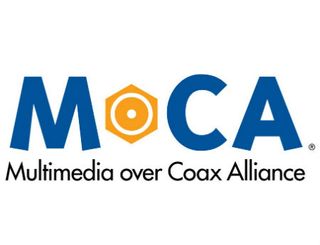MoCA Launches ‘Access’ Platform

The Multimedia over Coax Alliance (MoCA) has formally introduced MoCA Access, a technology/platform based on MoCA 2.5 that can deliver up to 2.5 Gbps downstream and 2 Gbps up using in-building coaxial cabling.
MoCA, whose technology initially has been used to power whole-home DVRs and other home networking setups, said the new Access flavor appeals to “commercial integrators” that target markets such as hospitality/hotels, restaurants, offices, and any other buildings wired with coax.
The Alliance said it’s particularly well-suited for operators and ISPs that have installed fiber-to-the-basement or fiber-deep networks and are looking to take advantage of the existing coax in multiple-dwelling units.
MoCA Access is point-to-multipoint technology that serves up to 63 modems (clients), and is designed to co-exist with legacy services such as TV, DOCSIS, and cellular (4G/5G) technologies. MoCA Access operates in the frequency range of 400MHz - 1675MHz, and supports latency of less than 5 milliseconds, the Alliance said.
As a fiber extension technology, MoCA Access is designed to suit MSOs and ISPs that are installing fiber-to-the-basement (FTTB) or fiber deep into the network, and want to use the existing coax for connection to each apartment or unit.
MoCA introduced MoCA Access in June 2016, targeting a mid-2017 release data. At the time, the organization said MoCA Access would be based on the MoCA 2.0 standard, with plans then to integrate newer MoCA 2.5 technology. The new MoCA Access technology is expected to gain traction in markets such as Europe and China, along with opportunities in North America’s MDU sector.
“MoCA Access leverages our core strengths in high-performance, reliability and no new wires,” Charles Cerino, MoCA’s president, said in a statement. “Service providers around the world can take advantage of a proven high-speed technology that is designed for all future installations. And the low latency makes it the perfect complement to a wired backhaul architecture for upcoming cellular technologies such as 5G.”
Multichannel Newsletter
The smarter way to stay on top of the multichannel video marketplace. Sign up below.
